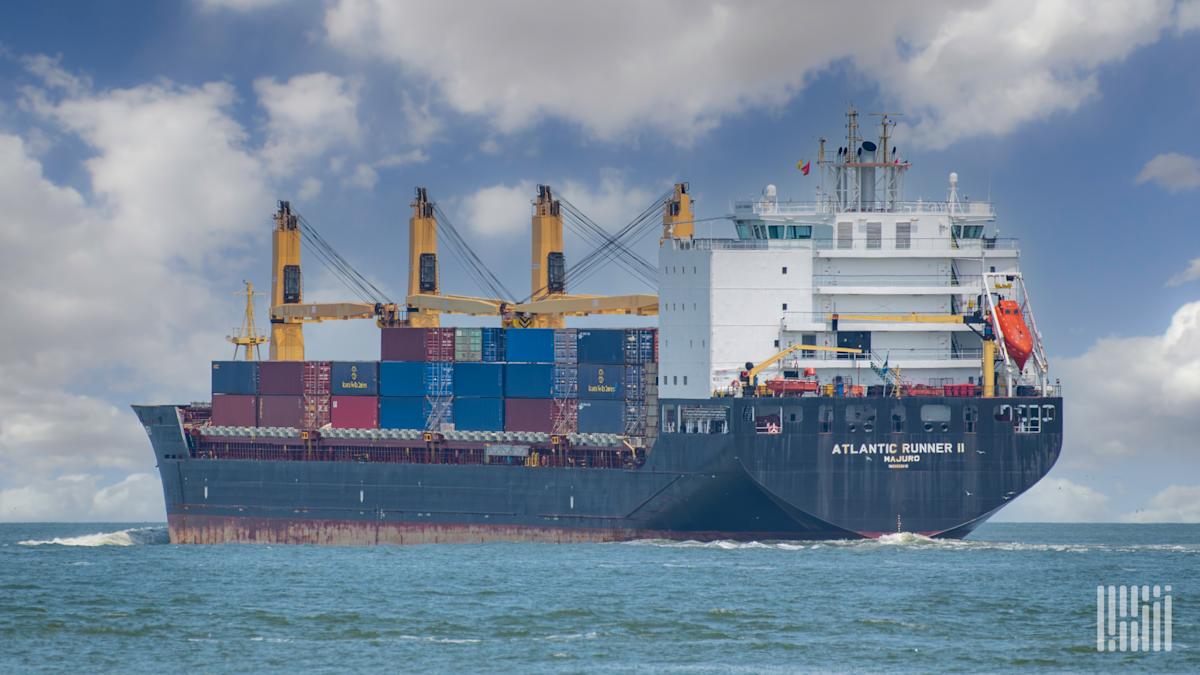Not the weakest import demand we have ever seen
Chart of the Week: Import Ocean TEUs Volume Index – USA SONAR: IOTI.USA
Bookings for containers bound for the U.S., as measured by the Inbound Ocean TEUs Volume Index (IOTI), have been extraordinarily weak this fall compared with the previous two years—averaging roughly 11% below 2024 levels since September. It’s true that 2024 was somewhat overheated due to several factors that led shippers to overstock goods, but where does the current year actually stand in the context of the past six years, and what can we glean from it economically and from a domestic transportation perspective?
It’s a positive sign that the IOTI remains well above 2019 levels (orange), averaging more than 30% higher than a year that also featured concerns about escalating U.S.–China tensions.
Tariffs were raised from 10% to 25% on $200 billion of Chinese goods in May 2019, with another round levied in August—though some were rolled back in a later agreement. These actions led to a modest increase in orders but did not spark the kind of panic buying seen in more recent years.
The pandemic arrived in early 2020 (blue), triggering the most extreme surge in container imports in history. Shippers shifted their inventory management practices from “just in time” to “just in case” from mid-2020 through roughly the first half of 2022 (green). As goods consumption cooled, many companies were left with excess inventory to work down.
Companies then reduced their orders below restocking levels for about a year before resuming imports at a relatively robust pace in late 2023. There were no major exogenous shocks to the economy or global shipping until October 2023, when Hamas attacked Israel, ultimately forcing vessels to divert away from the Suez Canal.
This diversion significantly constrained maritime capacity and pushed spot rates for 40-foot containers back above $7,000 on the trans-Pacific lane in the summer of 2024—the highest levels since 2022.
The disruptions were severe enough to push some shippers back toward a “just in case” ordering strategy, though nowhere near pandemic-era extremes.
As concerns over the Middle East conflict eased in late 2024, tariffs became the primary driver of import-volume volatility in 2025. Erratic implementations and pauses wreaked havoc on import seasonality, contributing to an unusually early peak in orders in June and July. This was reflected in a mid-year surge in spot rates.
As a result of the early ordering, container import demand has fallen back to levels more consistent with slight inventory reduction rather than restocking. The latest Logistics Managers’ Index inventory reading supports this notion, coming in at 49.5 (a slight contraction) in October.



Leave a Comment
Your email address will not be published. Required fields are marked *